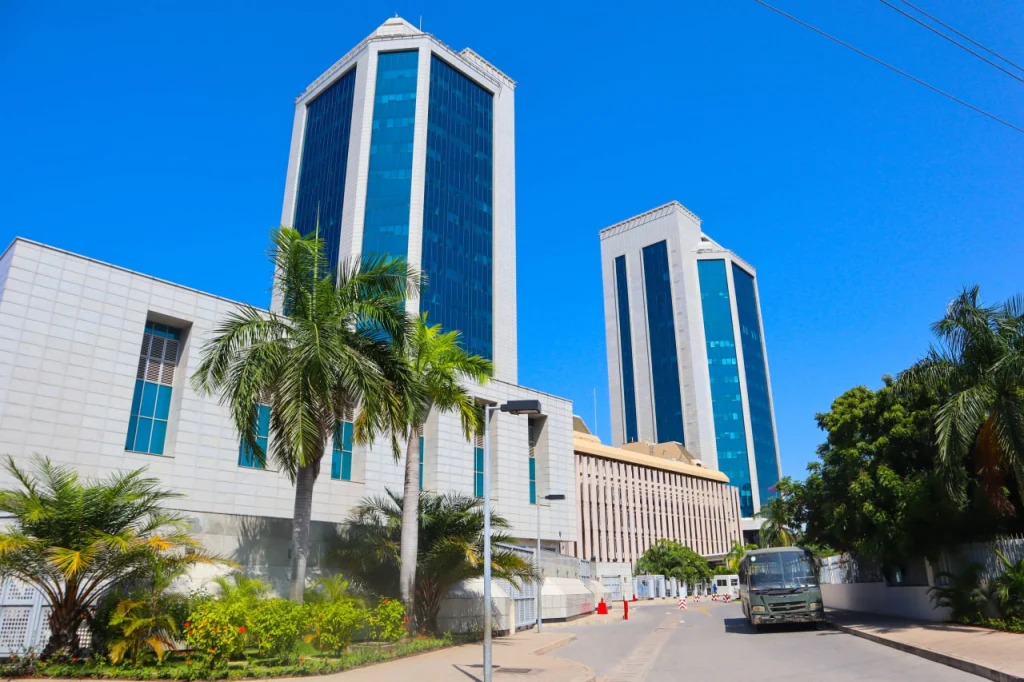Tanzania Balances Inflation and Reserve Risk
Bank of Tanzania injects US$15 m into FX market to stabilise liquidity as shilling trades near TSh 2,471/USD; intervention mirrors regional tightening while CL=F and DXY stay firm.

The Bank of Tanzania stepped into the inter-bank foreign-exchange market with a US$15 million sale in late October 2025, cushioning a liquidity squeeze triggered by quarter-end import settlements. The weighted auction cleared near TSh 2,471.73 per dollar, marginally firmer than prior sessions, underscoring the central bank’s intent to smooth volatility without committing to a fixed rate. Dealers said corporate FX orders had stacked up as energy and equipment importers accelerated payments before budget-year closure.
The timing matters. Inflation remains contained at 3.2 percent y/y, but fuel and food costs are edging higher while external reserves, roughly US$6 billion (≈ 4.2 months of import cover), drift below last year’s peak. BoT’s liquidity injection simultaneously relieves banks facing mismatched FX positions and tempers speculative front-running that typically accompanies thin-volume days. Overnight shilling rates nudged above 5 percent after the sale, signalling mild sterilisation and intent to prevent domestic credit overheating.
Policy design remains defensive rather than expansionary. The central bank’s priority is price stability and reserve adequacy, not yield targeting. Yet the micro-intervention highlights persistent structural tension: Tanzania’s current-account deficit, trimmed to 2.8 percent of GDP, still depends on tourism and gold inflows that ebb seasonally. Parallel fiscal execution—particularly infrastructure-import scheduling—can either reinforce or undermine FX equilibrium, explaining BoT’s preference for small, high-frequency operations instead of a one-off supply burst.
Comparatively, Uganda’s shilling has appreciated ≈ 4 percent YTD amid strong commodity inflows, while Kenya’s currency softened following a 25 bps policy-rate cut. That divergence illustrates the region’s capital-flow asymmetry: carry returns dictate demand for local debt, which in turn shapes FX resilience. For Tanzania, incremental tightening via open-market repos may accompany any renewed FX pressure if the global dollar index (DXY) continues to firm and gold (XAUUSD) stalls below US$2,450/oz.
Traders now focus on reserve-movement data and forthcoming trade-balance releases for cues on whether the shilling’s recent steadiness marks equilibrium or pause before renewed slippage. The near-term base case points to contained volatility—provided BoT sustains transparency in auction operations and fiscal agencies align external-payment calendars with seasonal inflows.





